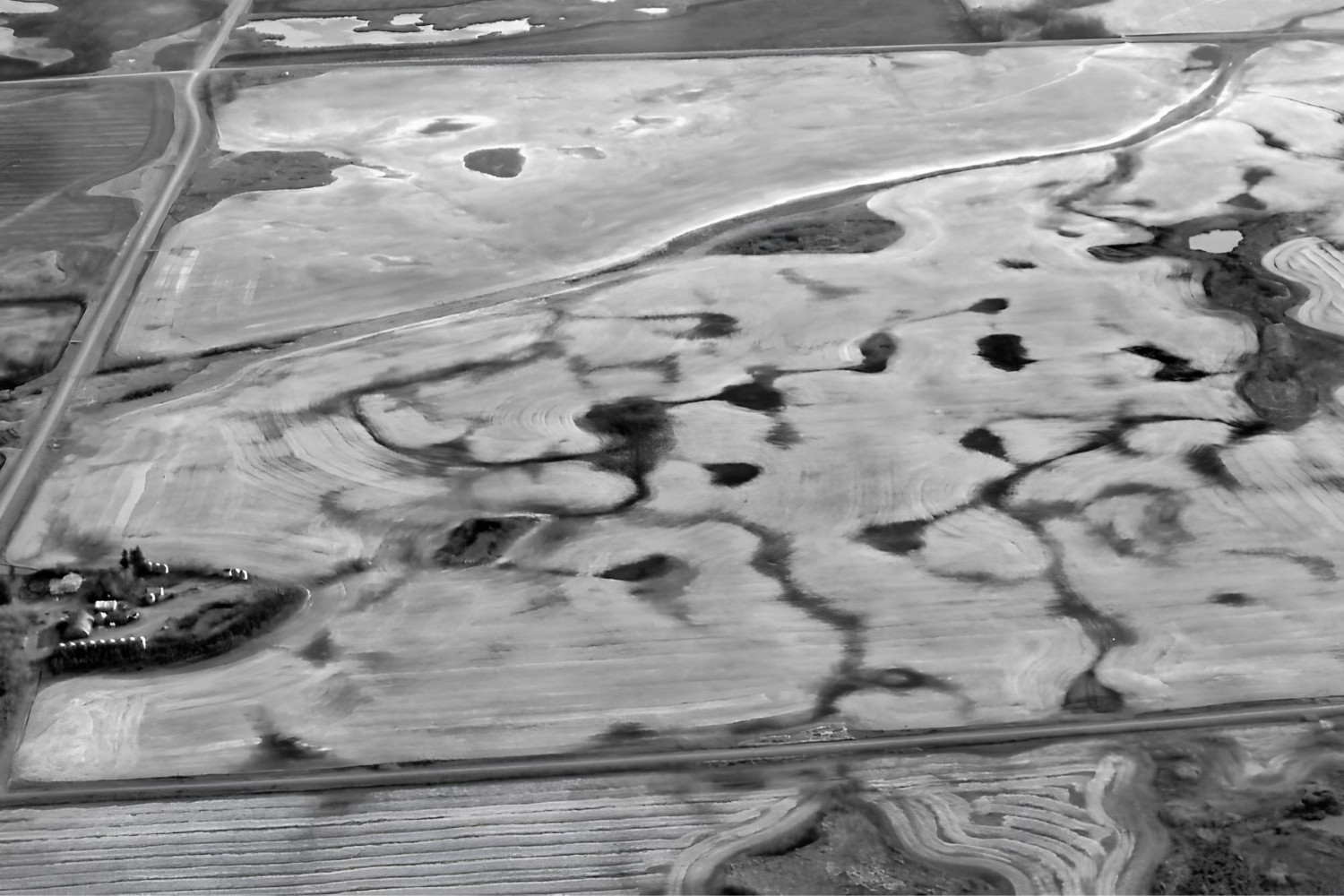Secrets Of Manitoba’s Prairie Potholes

Have you ever wondered about the hidden gems of Manitoba? The Prairie Potholes might just be the answer. These unique wetlands, scattered across the landscape, offer a glimpse into a world teeming with life. From vibrant bird species to lush plant life, the Prairie Potholes are a haven for nature lovers. Whether you're an avid birdwatcher or just someone who enjoys a peaceful walk, this area has something special. Imagine standing by a serene pond, watching ducks glide across the water, or spotting a rare bird in its natural habitat. Ready to learn more about this amazing place? Let's dive in!
Discovering Manitoba's Prairie Potholes
Manitoba's Prairie Potholes are a hidden gem in Canada. These unique wetlands are home to diverse wildlife, stunning landscapes, and offer a peaceful retreat for nature lovers. Let's explore some of the best spots to experience these natural wonders.
Best Spots for Birdwatching
Birdwatching enthusiasts will find Manitoba's Prairie Potholes a paradise. The variety of bird species here is astounding, making it a must-visit for anyone with a passion for avian life.
Oak Hammock Marsh: This wetland is a birdwatcher's dream. With over 300 species of birds, including ducks, geese, and songbirds, it's a vibrant hub of activity. The interpretive center offers guided tours and educational programs.
Delta Marsh: Located on the southern shore of Lake Manitoba, Delta Marsh is a critical stopover for migratory birds. It's one of the best places to see waterfowl and shorebirds in their natural habitat.
Whitewater Lake: Known for its large populations of pelicans and cormorants, Whitewater Lake is a fantastic spot for birdwatching. The lake's shallow waters attract a variety of bird species, making it a lively and picturesque location.
Ideal Hiking Trails
For those who love to hike, the Prairie Potholes offer some scenic trails. These paths wind through wetlands, grasslands, and woodlands, providing a diverse hiking experience.
Spruce Woods Provincial Park: This park features the Spirit Sands and Devil's Punch Bowl trails. Hikers can explore sand dunes, mixed-grass prairie, and a unique blue-green pond known as the Devil's Punch Bowl.
Birds Hill Provincial Park: Just a short drive from Winnipeg, this park offers several trails that meander through forests and around lakes. The Cedar Bog Trail is particularly popular for its beautiful scenery and wildlife sightings.
Turtle Mountain Provincial Park: This park offers a variety of trails, including the Adam Lake Trail, which takes hikers through lush forests and around serene lakes. It's a great spot for a peaceful hike surrounded by nature.
Perfect Spots for Photography
Photographers will find endless opportunities to capture the beauty of Manitoba's Prairie Potholes. The landscapes, wildlife, and changing seasons provide a rich tapestry of subjects.
Riding Mountain National Park: This park offers stunning vistas, diverse wildlife, and beautiful lakes. Photographers can capture everything from majestic elk to serene sunsets over Clear Lake.
Hecla-Grindstone Provincial Park: Located on Lake Winnipeg, this park features rugged shorelines, dense forests, and picturesque lighthouses. It's a fantastic spot for landscape and wildlife photography.
Pembina Valley Provincial Park: Known for its rolling hills and deep valleys, this park offers dramatic landscapes perfect for photography. The Pembina Valley Lookout provides a breathtaking view of the surrounding area.
Best Places for Canoeing and Kayaking
The Prairie Potholes also offer excellent opportunities for canoeing and kayaking. Paddlers can explore tranquil waters, observe wildlife, and enjoy the peaceful surroundings.
Caddy Lake: Located in Whiteshell Provincial Park, Caddy Lake is famous for its scenic canoe routes. The lake's tunnels, formed by rock formations, provide a unique paddling experience.
Lake of the Prairies: This large reservoir offers calm waters ideal for canoeing and kayaking. The surrounding landscape is beautiful, with rolling hills and abundant wildlife.
Red River: Flowing through Winnipeg, the Red River offers a convenient paddling option. Canoeists and kayakers can enjoy the urban scenery and spot various bird species along the riverbanks.
Best Spots for Fishing
Fishing enthusiasts will find plenty of opportunities in Manitoba's Prairie Potholes. The diverse aquatic habitats support a variety of fish species, making it a great destination for anglers.
Lake Manitoba: This large lake is known for its excellent fishing. Anglers can catch walleye, northern pike, and perch. The lake's size and variety of fish make it a popular spot for fishing.
Clear Lake: Located in Riding Mountain National Park, Clear Lake offers clear waters and abundant fish. It's a great place to catch trout, bass, and pike while enjoying the beautiful surroundings.
Whiteshell River: Flowing through Whiteshell Provincial Park, this river is a favorite among anglers. The river's diverse habitats support a variety of fish species, including walleye, bass, and catfish.
Embracing Manitoba's Prairie Potholes
Manitoba's Prairie Potholes offer a unique blend of natural beauty and wildlife. These wetlands are home to countless bird species, making them a paradise for birdwatchers. The potholes also play a crucial role in the ecosystem, providing water filtration and flood control. Visiting these areas gives you a chance to connect with nature and understand the importance of wetland conservation.
Whether you're an avid birder, a nature lover, or just looking for a peaceful retreat, the Prairie Potholes have something for everyone. The serene landscapes and diverse wildlife make it a must-visit destination. So pack your binoculars, grab a camera, and head out to explore this hidden gem in Manitoba. You'll leave with a deeper appreciation for these vital wetlands and the role they play in our environment.

